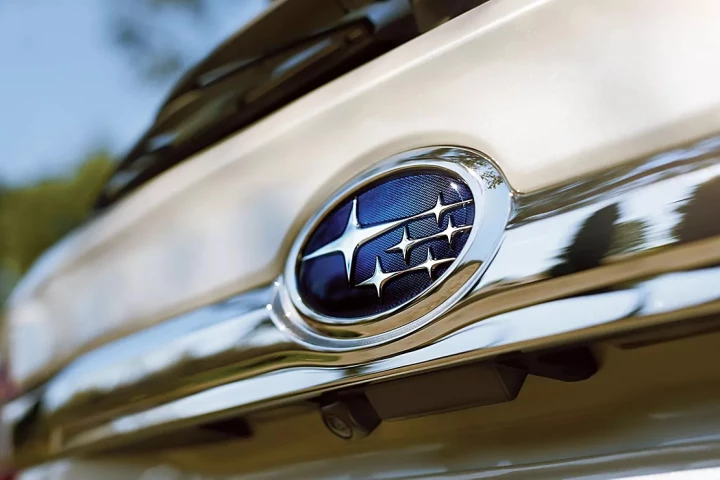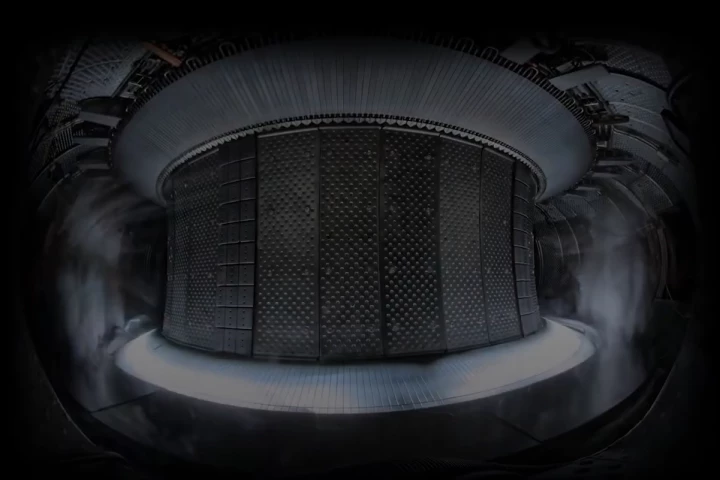Apple and Microsoft announced their new-for-2016 laptops within a day of each other. Join New Atlas as we compare and contrast the 13-inch models of Apple's current MacBook Pros with the Microsoft Surface Books.
Before we get started, keep in mind that there are two main variants of each laptop. The MacBook Pro has astandard non-Touch Bar model and a higher-end Touch Bar variety (more about the so-called "Touch Bar" below). The Microsoft Surface Book is available in the standard configuration that was released last year or the newly released top-shelf Performance Base edition.
Size

Both of this year's 13-inch MacBook Pros have the same dimensions, and are smaller and more compact than the Surfaces.
The Surface's bending hinge creates a gap when the laptop is closed, giving it a tapered profile. The standard Surface Book is 13 millimeters at its thinnest point. The Performance Base model starts at 15 millimeters. They are both 22.8 millimeters thick at their widest point.
Weight

MacBook Pros are about 10-19 percent lighter than the Surface Books, depending on which model you're weighing. The standard Surface weighs 1.51 kg (3.33 lb); the Performance model weighs 1.65 kg (3.64 lb).
Build

Both makers stick to tried-and-true building materials they've used for years. Apple rocks an aluminum unibody and Microsoft opts for magnesium.
Colors

Both machines are available in silver. Apple adds a space gray option, which it nixed from this year's iPhones.
Display size

13 inches goes a little further on the Surface than the Mac. While they only differ two-tenths of an inch across the diagonal, that accounts for a 6 percent bigger display area on the Surface.
Display resolution

The Surface Book has a pixel density advantage of about 16 percent. That could be useful when you're holding it in tablet mode or with the keyboard attached backwards, when it might be held closer to the face. Since you don't use the MacBook that way, its 227 PPI is plenty high – it looks terrific.
Touch screen

While Surface Book has a 10 point multi-touch sensitive screen, Apple reserves touchscreen displays for phones and tablets.
Detachable tablet

The Surface Book has a removable keyboard. You can use the touchscreen by itself as an enormous – but very light and thin – tablet.
Trackpad type

This year's MacBook Pros have enormous glass trackpads with Apple's Force Touch tech. The trackpad doesn't actually move, but instead provides haptic feedback that stands in for a clicking sensation.
The Surface Books have a glass trackpad that physically moves and makes substantial clicking sounds. Its diving board-like mechanism makes it easier to press at the bottom than at the top.
Stylus

No touch screen means no stylus capability for MacBooks. Surface Books ship with the Surface Pen for use directly on the display.
Touch Bar

MacBooks may not have touch screens, but top-shelf models have Apple's new-this-year Touch Bar, a fingertip-operated strip on the keyboard which replaces the traditional Fn keys. Touch Bar's dynamic contents vary according to the app in use and user preferences. Note that there's still a cheaper Touch Bar-free model for those of us who aren't scrambling for the touchy-feely experience.
Fingerprint sensor

Touch Bar-equipped MacBook Pros borrow heavily from smartphone technology: Touch ID fingerprint sensors are incorporated into the Touch Bar. There are no fingerprint sensors on the base model MacBook Pro or either of the Surface Books.
Camera megapixels

When it comes to the camera, it's Microsoft's turn to take a cue from mobile technology. The Surface Book has both a front and rear camera, just like any phone or tablet. MacBook Pros have a front webcam only.
Facial recognition login

That front-facing camera in the Surface Book lets you log in with your face alone.
Processor

Both MacBook Pros have an Intel Core i5 processor, but the high-end Touch Bar model squeezes a little more speed from it.
The standard Surface Book also has the i5 inside, but the Performance Base model gets an Intel Core i7 chip. Microsoft has not released official clock speeds.
There is also a made-to-order configuration for the new MacBook Pro with either a faster Core i5 or an i7, but you can't buy those in stores.
RAM

All MacBook Pros and the standard Surface Book models have 8 gigabytes of RAM. The Performance Base Surface has an additional 16 gigabyte option.
There's also a configurable 16 GB made-to-order option for the MacBook.
Storage

You can cop a MacBook Pro with either 256 or 512 GB of solid-state storage. Custom 1 TB configurations are also available, but those need to be ordered directly from Apple.
The Surface Book is available in four sizes ranging from 128 GB to 1 TB. However, the standard model is not available in the 1 TB size, and the Performance model is not available in the 128 GB size.
Ports

This year's MacBook Pros stick with Thunderbolt 3/USB-C ports, so chances are good that you'll need an adapter or two. There are two ports on the standard model and four on the Touch Bar version. Surface Books keep it simple with two full-size USB 3.0 ports on each.
SD card reader

Surface Books also have an SD card slot, which is good news for many DSLR shooters.
Charging port

Charging a MacBook Pro requires using a Thunderbolt charger in one of the aforementioned ports. Surfaces have a dedicated charging port, with a charger that snaps into place magnetically.
Headphone jack

Despite some murmurs to the contrary, the new MacBook Pros and Surface Books all have dedicated headphone jacks.
Battery

We are unsure of the exact specifications on battery life and size for these two machines, though the MacBook Pros do appear to have the shorter battery life. Apple's estimate is up to 10 hours of web use, with either 54.4W-h or 49.2W-h battery sizes.
Microsoft has not published Surface Book battery size, but they give an upward limit of 12 hours of video playback for the standard model and 16 hours for the Performance version. Take note that these estimates are for usage with the keyboard connected. In tablet mode, where it loses the machine's main battery and relies on a smaller secondary one, battery life for the Surface Book drops to only a few hours.
Software

MacBook Pros are currently running Mac OS Sierra. Surface Books ship with Windows 10 Pro.
Release

The standard, non-Touch Bar MacBook Pro started shipping at the end of October. Touch Bar machines went up for pre-order at the same time, but are expected to ship in another 1-2 weeks.
Microsoft launched the standard Microsoft Surface Book in October of last year. They introduced the Performance Base option last month.
Starting price

The base models of these two machines are competitively priced with one another, both starting at US$1,499. But move up to the top shelf, and the difference might shock you. Touch Bar-equipped 13-inch MacBook Pros start at $1,799, while the Performance Base Surface Book starts at a whopping $2,399. Though it's worth noting that the high-end Surfaces start with a Core i7, while a Core i7 MacBook Pro is only available as a made-to-order model.
We're not sure if the perks like an SD card reader and occasional tablet usage are worth the expense. Still, these are two very different machines, so any number of factors could sway the final decision. Stay tuned for full-length reviews on the new MacBook Pros, or read up on the original Surface Book.
Correction: An earlier version of this article listed the Surface Book with Performance Base having the "latest and greatest Core i7 chip," which misleadingly suggested a 7th-gen Kaby Lake. It has a 6th-gen Skylake i7.





























